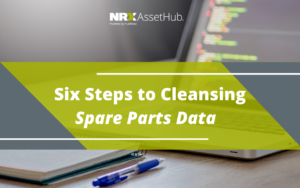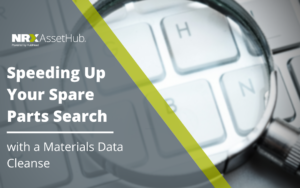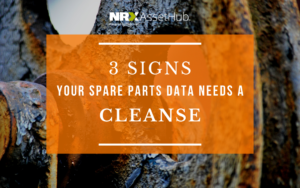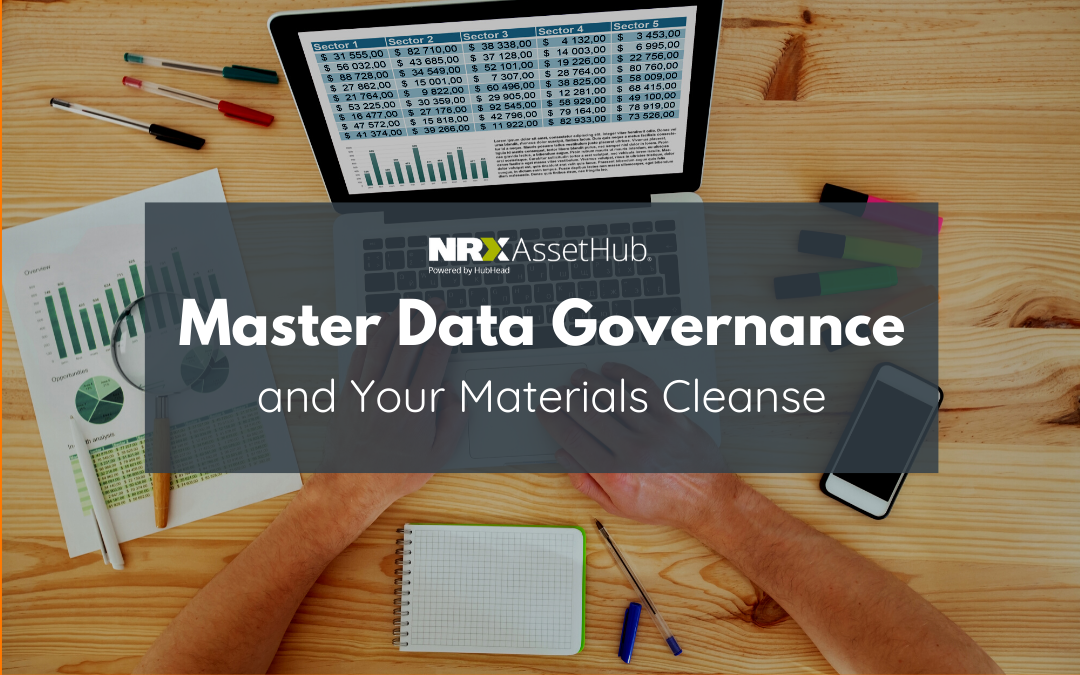So what does master data governance mean?
Master data is the core data that is essential to how a business operates. Master data governance, then, is the management of this important information. An asset-intensive business may sometimes struggle with duplicated data entries, poor validation processes, inaccuracies due to human error, or complicated software solutions that make their EAM data difficult to customize and configure. All of these lead to poor master data governance, which continues the cycle of poor quality master data. As you may know from our blog series on materials cleansing, poor data quality can have a domino effect, leading to a host of other issues, such as unnecessary downtime, cost overruns, and inefficient or lost wrench time.

“Keep it simple, stupid.” – Kelly Johnson, American aeronautical and systems engineer
The whole purpose of good master data governance is to simplify the complex systems and data that play a vital role in asset-intensive businesses. Simplicity is key. If you’d like to learn more about how a master data governance solution can help keep your materials cleanse simple, check out one of our resources below, or book a demo with us to chat with an expert!
Six Steps to Cleansing Spare Parts Data

Speeding Up Your Spare Parts Search with a Materials Data Cleanse

3 Signs Your Spare Parts Data Needs a Cleanse

Share this article

